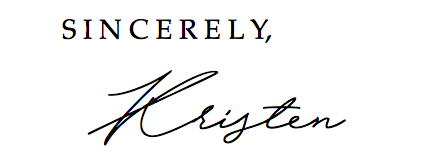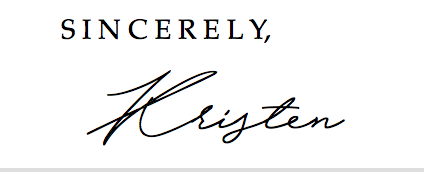Preface & Introduction
Wow… isn’t this a stroll down memory lane! Since we did this project we have moved TWICE and done oh so many more DIY projects, but even so… this is a stand out project that we still talk about to this day.
This is a series that I have migrated over from my old blog here to my current blog! We did this project back in May 2013 and I still find myself sharing these blog posts with friends and family that want to do this project! Just a word of caution to anyone wanting to try this… It’s a lot of work, but also a lot fun (if you like this sort of thing!), and very rewarding at the end. There were some frustrating parts to this project (aren’t there always?) but hopefully you can learn from my mistakes and your project will be smooth sailing.
I can get a little wordy with some of my blogs, especially the DIY blogs. But that’s because I want to communicate clearly so that you are set up for understanding and success! Maybe one day I will make a vlog so that it’s easier to consume the info. But for now…

We needed to replace our countertops because the old laminate had started lifting up in several locations. After researching options (i.e. Pinterest browsing) we decided we wanted a relatively inexpensive, DIY option that would have a big impact and modernize the kitchen. So we decided on concrete. It has become surprisingly popular and it… is… awesome… In this post you are seeing our kitchen “before” photos.
In my research I found that there seem to be two popular options for concrete countertops. (1) A thin cement overlay approach (think of this option like a cement veneer) using Ardex Feather Finish painted over the current countertops – or – (2) Solid concrete – which has two options: (A) either poured in place on-location or (B) precasted elsewhere and then installed. After spending hours comparing the two options (veneer vs solid) the solid concrete seems to be the way to go.
Pouring concrete was a much bigger project and has a higher price tag than the overlay approach, but it seemed way more substantial/durable and looks a lot (A LOT) better. Our kitchen counter surface is one a big “U” shape and we didn’t want seams on our counters from precast forms. Nor did we want the chore of hauling huge heavy slabs of concrete into the house so we decided to go the “pour in place” or “cast in place” route. #bestdecisionever
In this series we will tell you how we did it!
PS – You know how “they say” that home projects “take twice as long” than you think it will take? I typically roll my eyes and scoff at such stereotypical comments because after all, I have put hours into researching this project, and not to brag, but I feel I’m pretty handy and can handle things like this. I’m also the type who can’t leave a project half-way done and when I make up my mind to do something. But trust me when I say this project WILL take you twice as long as you plan. #iatemywords #theywereright #justrollwithit #itwillbeworthit
PPS – Please note that there are many ways of doing this project. Like I said, we did extensive research online and chose this way. This tutorial will walk you through the materials we purchased, how we did it, and what we’d do differently next time (we love them so much we’re sure there will be a next time).

Up Next… Part 2 – The Materials List
DIY Concrete Counters:
Part 3 of 6 – Preparing the Surface
Part 4 of 6 – Mixing & Pouring


